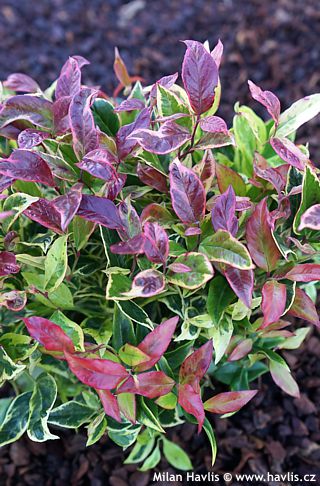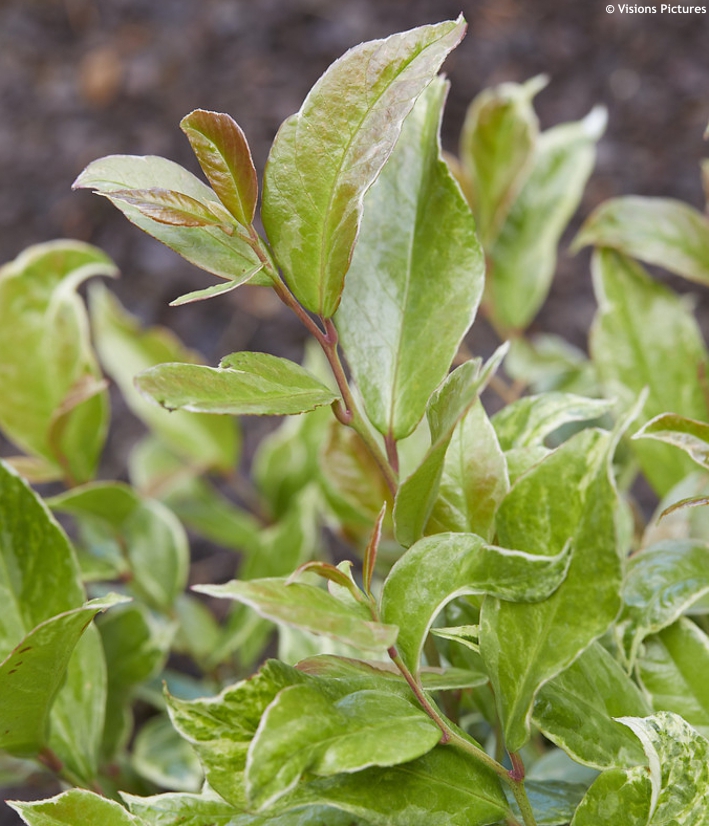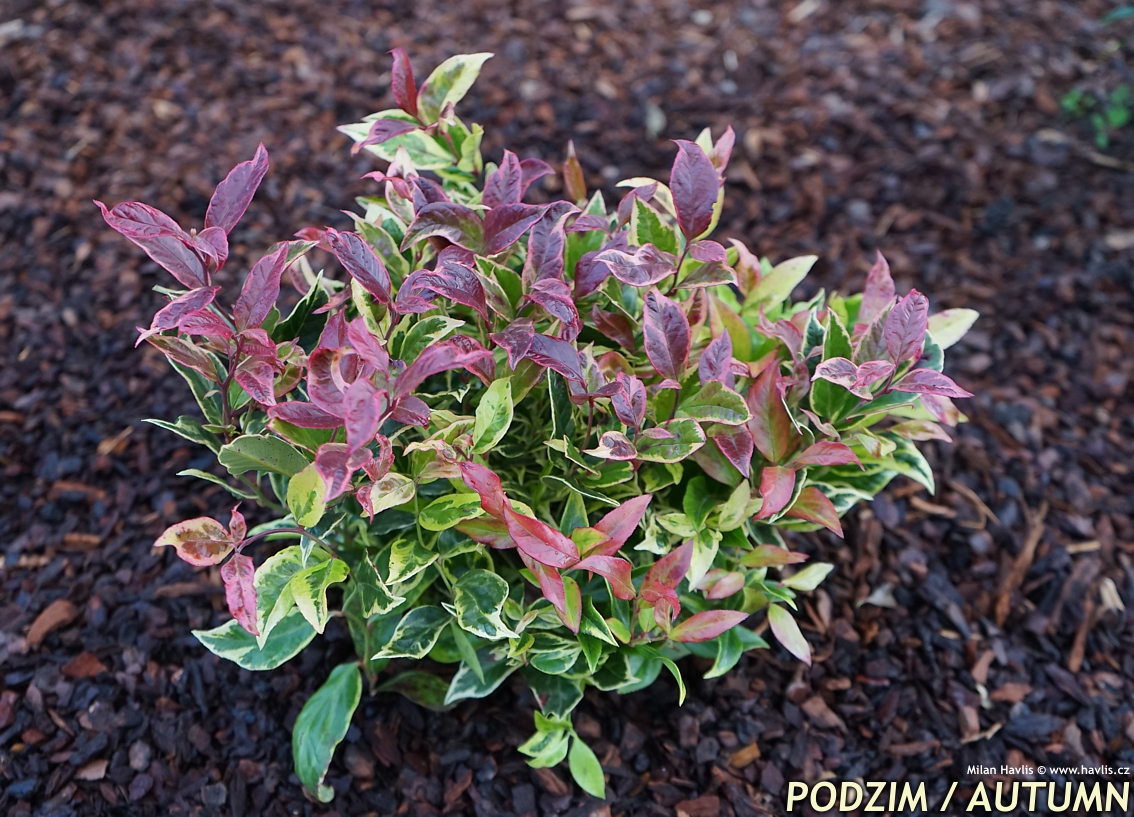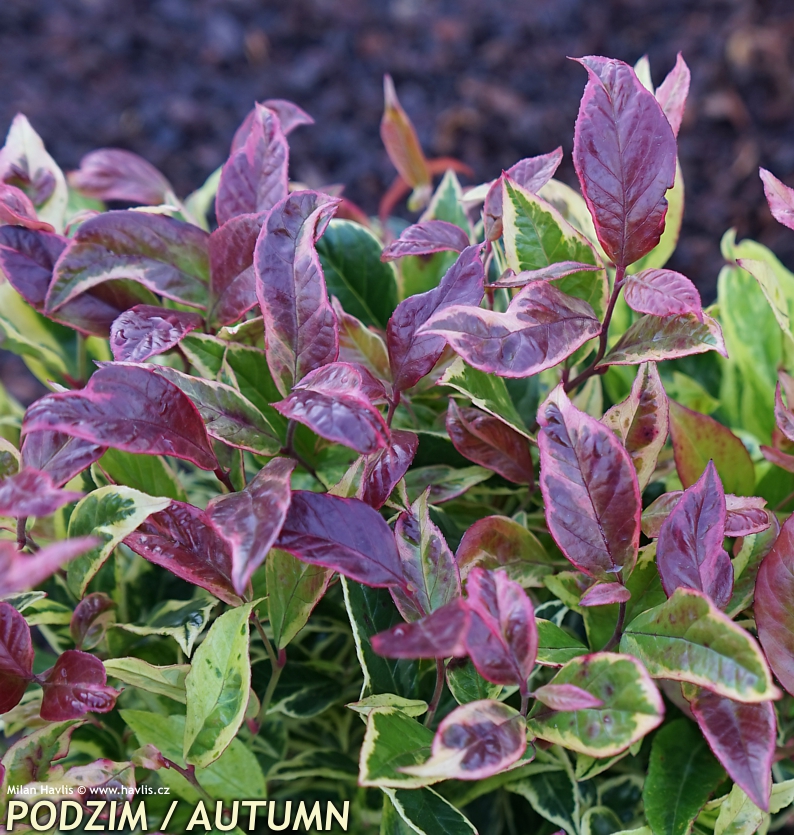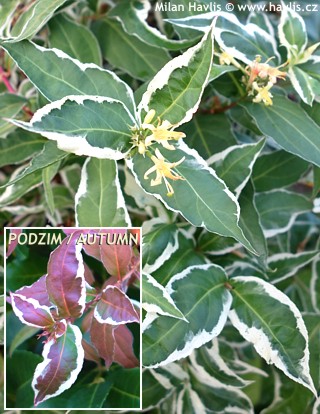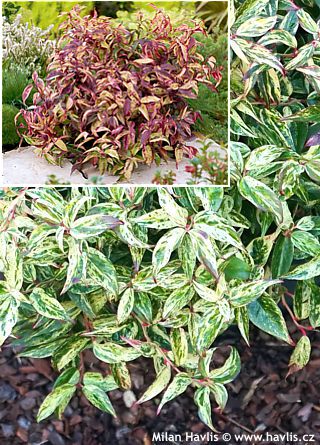Leucothoe 'Rant01' FIRESTAR® leucothoe
size/type
low or groundcovering,small shrub
usual height
0,3-0,5m
usual width
0,3-0,5m
leaves
evergreen broadleaf
colour of leaves
flowers
insignificant or non-blooming
location
full sun to shade
soil type
acidic (peaty)
soil moisture requirements
evenly moist (dislikes drought)
USDA zone (lowest)
7 (down to -23°C)
winter protection
for zone 5+6

for zone 7

categorized
Leucothoe
In Central Europe leucothoe genus is a relatively new group of plants that gains more and more attention and admirers, including me. They are low or prostrate evergreen shrubs with leathery leaves and usually excellent hardiness. Various species originate in various parts of the globe – Madagascar, the Himalayas, Japan, N. and S. America. FIRESTAR® is a variety discovered by Ronny Antonissen from Boomkwekerij A. Antonissen nursery in the Netherlands in 2012. It is a natural mutation of Scarletta variety and patented as PP31897 in 2020.Description of the plant:
FIRESTAR® leucothoe makes 4-6 cm long, ovate to broadly elliptic, falcate, evergreen leaves which emerge pale green with orange tones, mature to medium green with light green or almost white margins and delicate marbling inside, and turn burgundy red in autumn. No flowers have been observed so far.It grows slowly into a small, compact, mounding shrub about 40 cm tall and wide. Being compact and low it can be placed among other shrubs of similar type (rhodos, azaleas, kalmias), it will brighten up a conifer bed, and make a statement in a perennial bed especially in low season when other plants are dying off or not emerged yet. Pruning is usually not needed but can be done in early spring.
Leucothoe naturally grows at the woodland edge or under trees which tells us that it is used to anything from filtered sun to deep shade. However, our tests proved that it lives happily in full sun, too, where it will show better reds if given adequate moisture. As an ericaceous plant it requires soil that is light, acidic, and constantly moist (not wet). If your garden soil is too heavy do not dig a deep hole but make a shallow and wide bed, topped up with a good mixture of peat, fine bark, and leaf (forest) litter. Mulching will secure soil moisture as well as protection from temperature swings. Slow-release fertilizers are advised. Its hardiness has not been tested under all conditions, but the plant is rated hardy to min. -23 °C (USDA zone 6).
Last update 28-12-2020
QUICK PRICE OVERVIEW
CURRENTLY SOLD OUT
WANT TO TRY A SIMILAR PLANT?












